Wheel Size: 29” (27.5’’ rear wheel compatibility via flip chip)
Travel: 130 mm front / 140 mm rear
Geometry Highlights:
- Sizes Offered: Small, Medium, Extra Medium, Large, XL
- Headtube Angle: 64.9°
- Reach: 483 mm (size Extra Medium)
- Chainstay Length: 437 mm / 434 mm in MX setting (size Extra Medium)
Frame Material: Aluminum
Price:
- Complete bikes starting at $3,499 USD
- Frame only: $2,449
Wheel Size:
- 29’’ front / 27.5’’ rear (sizes S—M); 29’’ rear wheel compatible via flip chip
- 29’’ front and rear (sizes Extra Medium—XL); 27.5’’ rear wheel compatible via flip chip
Travel: 160 mm front / 150 mm rear
Geometry Highlights:
- Sizes Offered: Small, Medium, Extra Medium, Large, XL
- Headtube Angle: 64.5°
- Reach: 478 mm (size Extra Medium)
- Chainstay Length: 436 mm (size Extra Medium)
Frame Material: Aluminum
Price:
- Complete bikes starting at $3,749 USD
- Frame only: $2,449
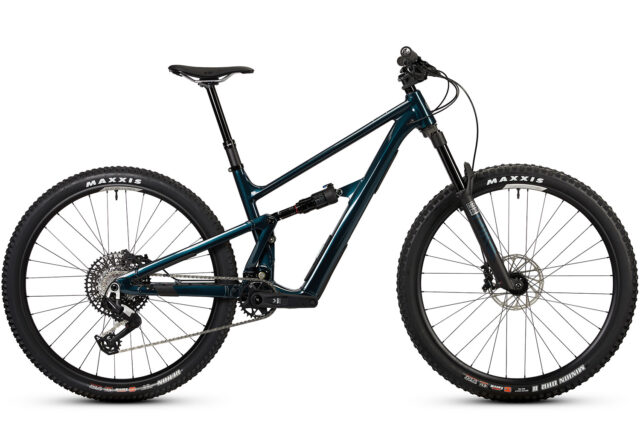
Intro
Ibis launched the latest versions of their carbon Ripley and Ripmo last summer, featuring updated geometry, more sizes, slightly more travel, mixed-wheel compatibility, in-frame storage, and more.
Today, they are launching updated aluminum versions of both of these bikes, taking all of the above improvements that were made to their carbon bikes to a more affordable price point.
It’s worth noting that the new Ripley AF and Ripmo AF frames have the same design as the carbon models, including the same geometry, suspension kinematics, axle spacing, headset style, and more. Below is a quick summary of how these new aluminum bikes compare to the original (V1) Ripley AF and Ripmo AF.
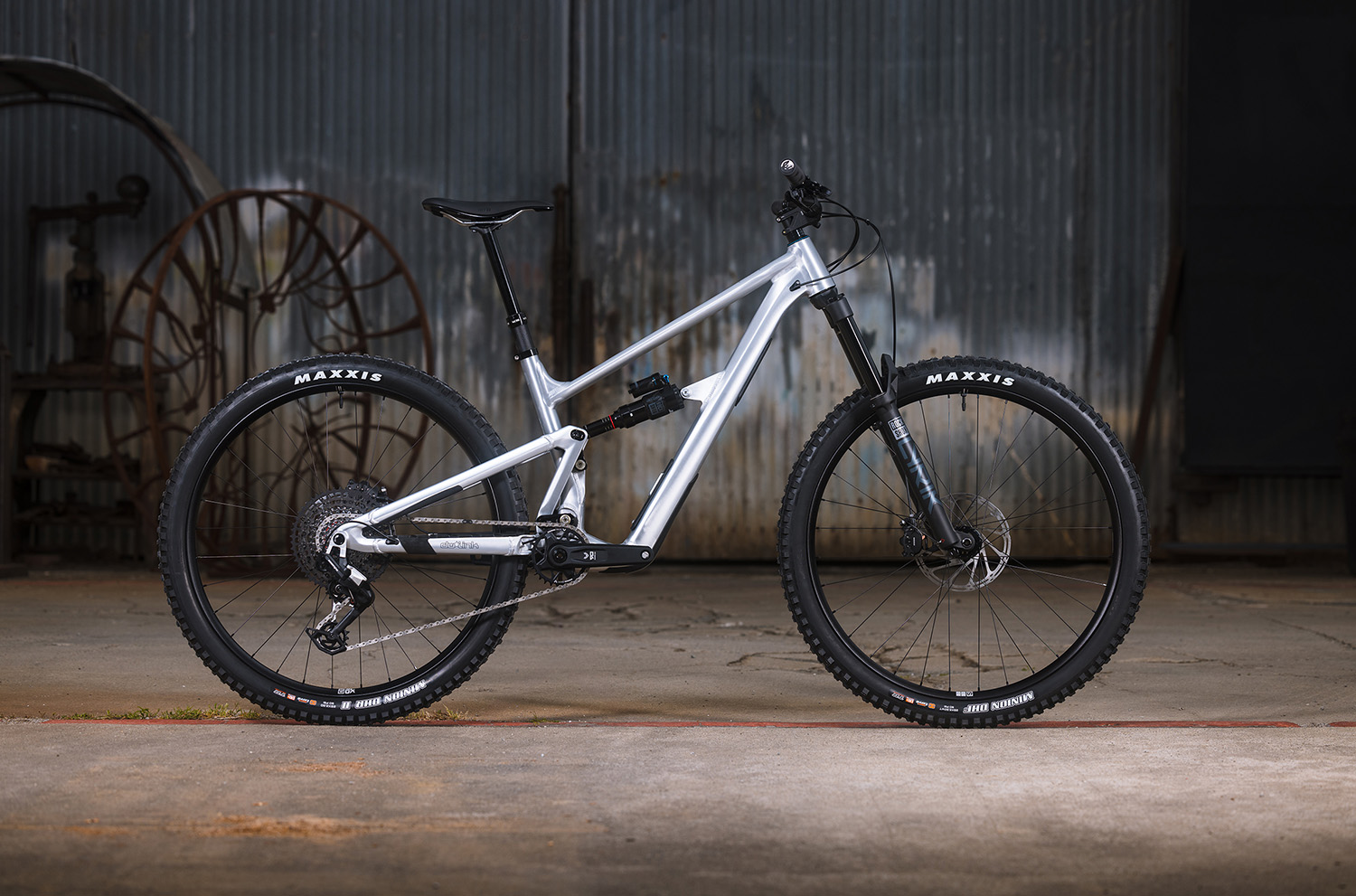
The Frames
Ripley AF
The Ripley is Ibis’s lightweight 29’’ Trail bike designed to cover a lot of ground quickly. The new Ripley AF gets a 10 mm travel increase from the previous Ripley AF, bringing it to 140 mm up front and 130 mm out back. Ibis is, unsurprisingly, still all-in on DW-Link suspension, with the updated Ripley AF getting the slightly updated layout first seen on the HD6, which tidies up the upper linkage area by placing the upper pivot in front of the seat tube, thereby also requiring a shorter yoke.
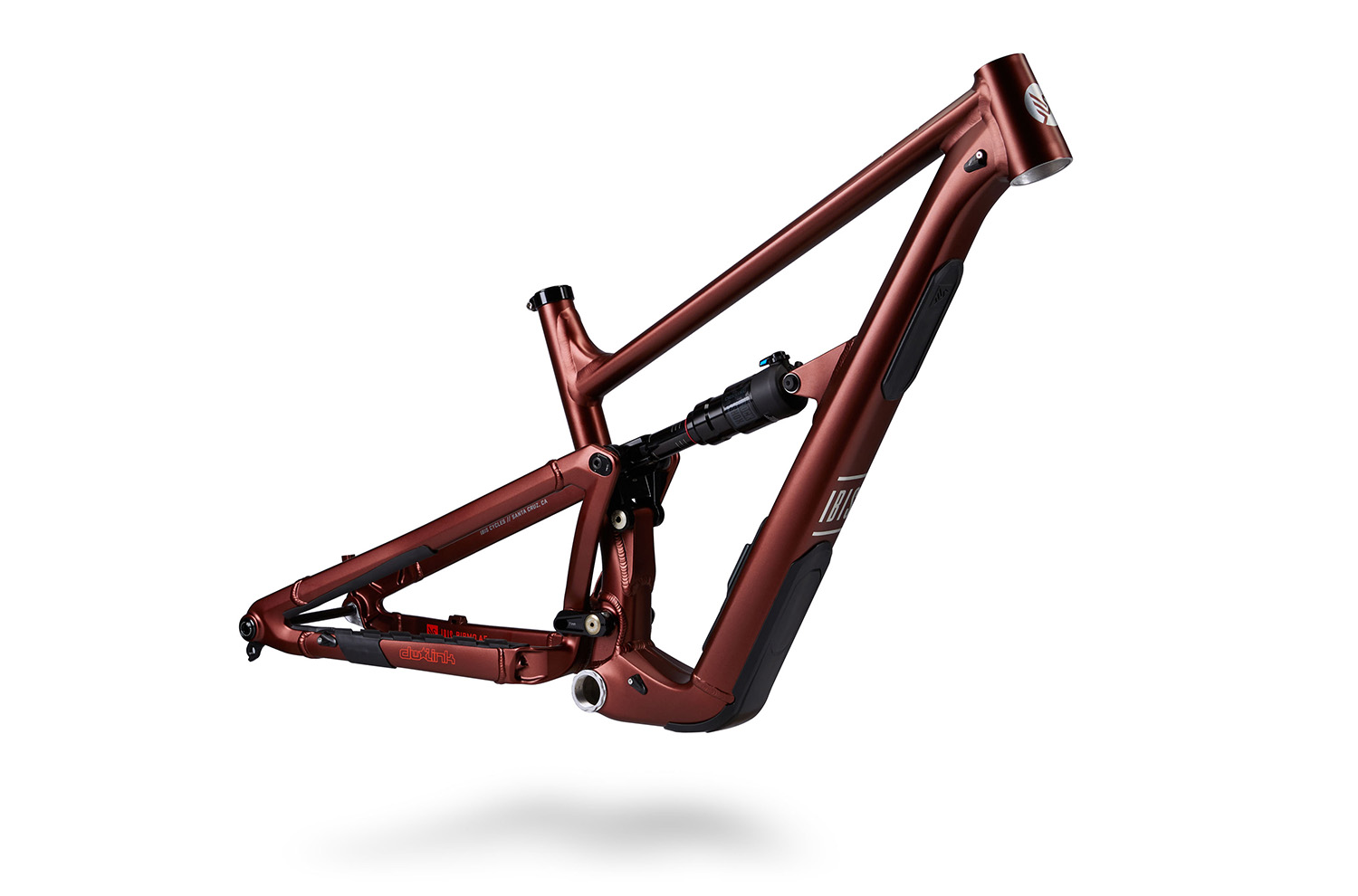
The updated Ripley AF comes stock with 29’’ wheels front and back, with a two-position flip chip at the upper swingarm pivot that allows for an aftermarket swap to a mixed wheel layout, with a smaller 27.5” wheel in the back.
This latest Ripley AF also gets some geometry and sizing-related updates, which we’ll get into below, as well as SRAM UDH compatibility and 180 mm post mount brake mounts. The Ripley AF also gets internal frame storage via a door in the downtube with a latched closure — a first for Ibis’s aluminum bikes.
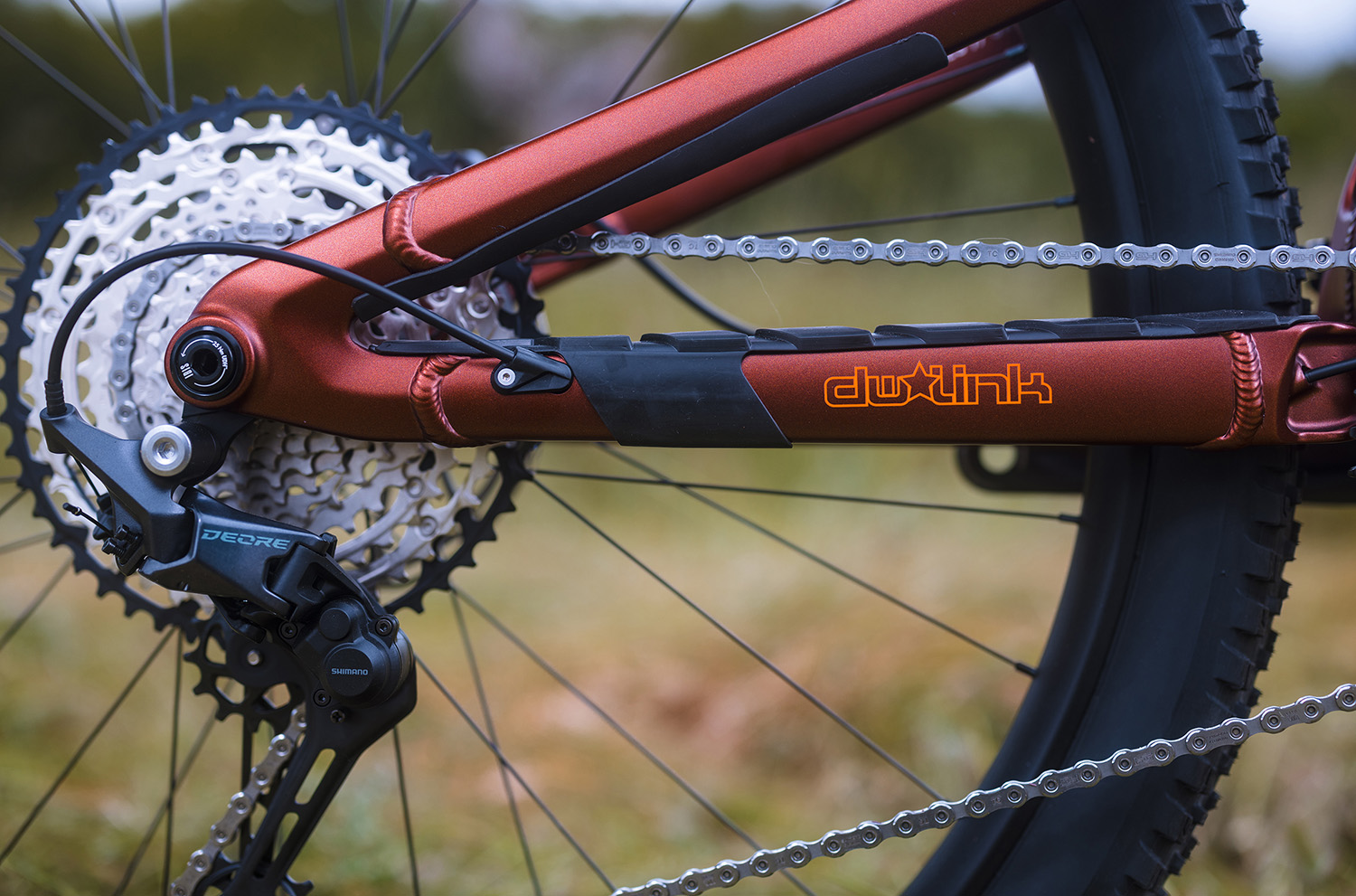
Ripmo AF
The Ripmo began as the first long-ish travel 29’’ Trail bike in Ibis’ lineup, and it quickly rocketed to popularity for its forgiving suspension and efficient handling. Ibis then launched the Ripmo AF in 2019 to bring the Ripmo platform to a wider audience. The new Ripmo AF still uses a 160 mm travel fork, with a very small bump in rear travel to 150 mm (from 147 mm). More notable here is its move toward mixed wheels. The Small and Medium sizes come stock with a smaller 27.5’’ rear wheel, while the new Extra Medium size and above stick to 29’’ wheels front and rear. All sizes have the option of an aftermarket swap to the other wheel size out back via either a bigger or smaller rear wheel and quick adjustment of the flip chip at the upper swingarm pivot.
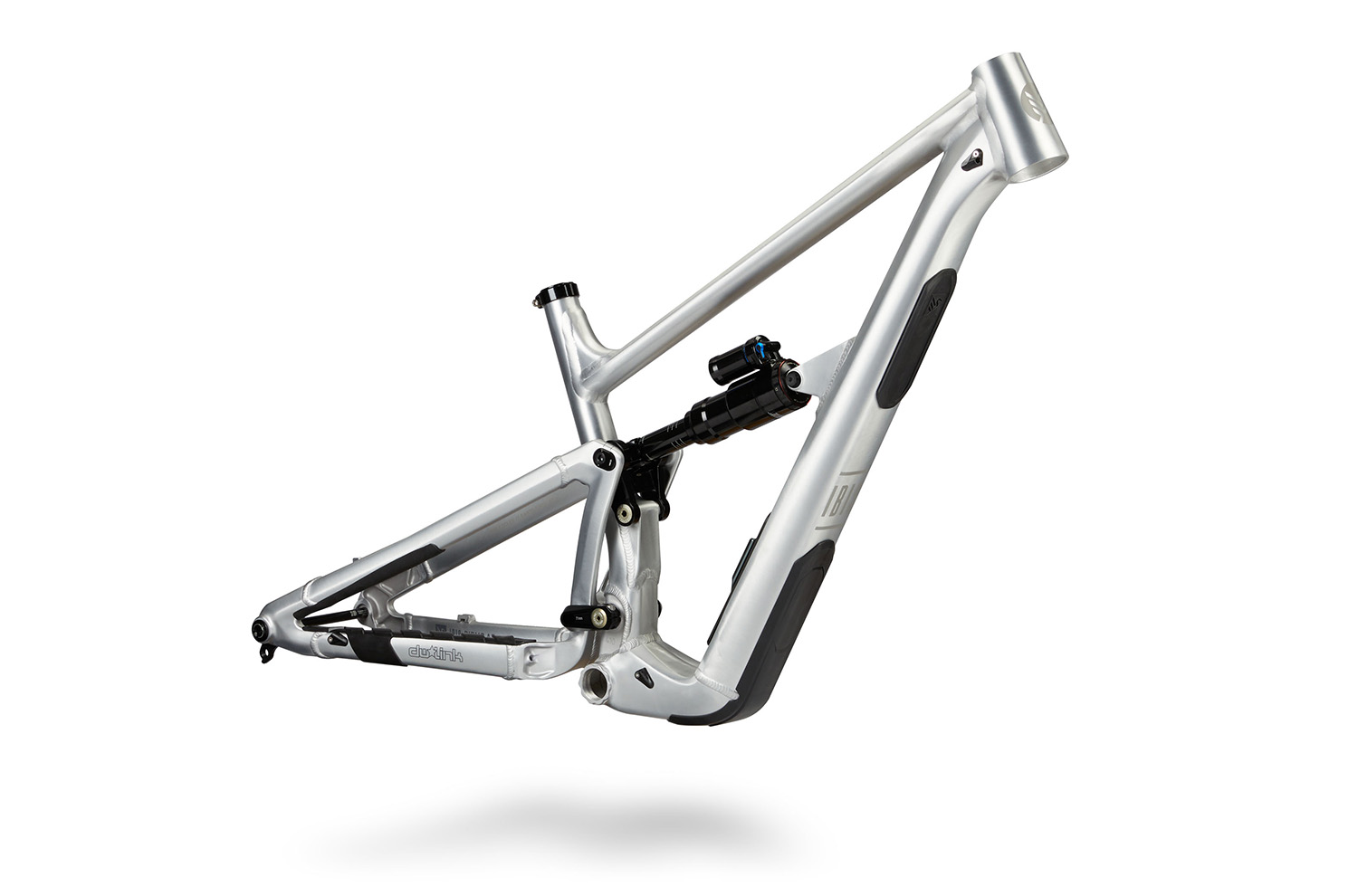
While the previous Ripmo AF V1 also claimed coil shock compatibility, Ibis was quite explicit that any coil shock selected required clevis mount compatibility. With the new Ripmo AF, Ibis has made the design more coil shock-friendly through a more progressive leverage curve and much shorter clevis, claiming that it now suits “pretty much any coil shock”. Speaking of suspension kinematics, Ibis also claims size-specific kinematics as well, though we don’t have any kinematics data to dig into exactly what that means.
Otherwise, the Ripmo AF shares its other updates with the Ripley AF, including the revised and cleaner-looking DW-Link layout, downtube storage with Cotopaxi bags, SRAM UDH, and 180 mm rear post mount.
Fit & Geometry
Ripley AF
As signaled by the suspension travel increase, Ibis seems to have tried to make the Ripley AF just a bit more capable on tougher descents than the outgoing version. It’s worth noting that the carbon Ripley V5 that was launched last summer had a greater departure in geometry over the carbon Ripley V4S, while the Ripley AF V1 already had more aggressive geometry than the carbon Ripley at the time.
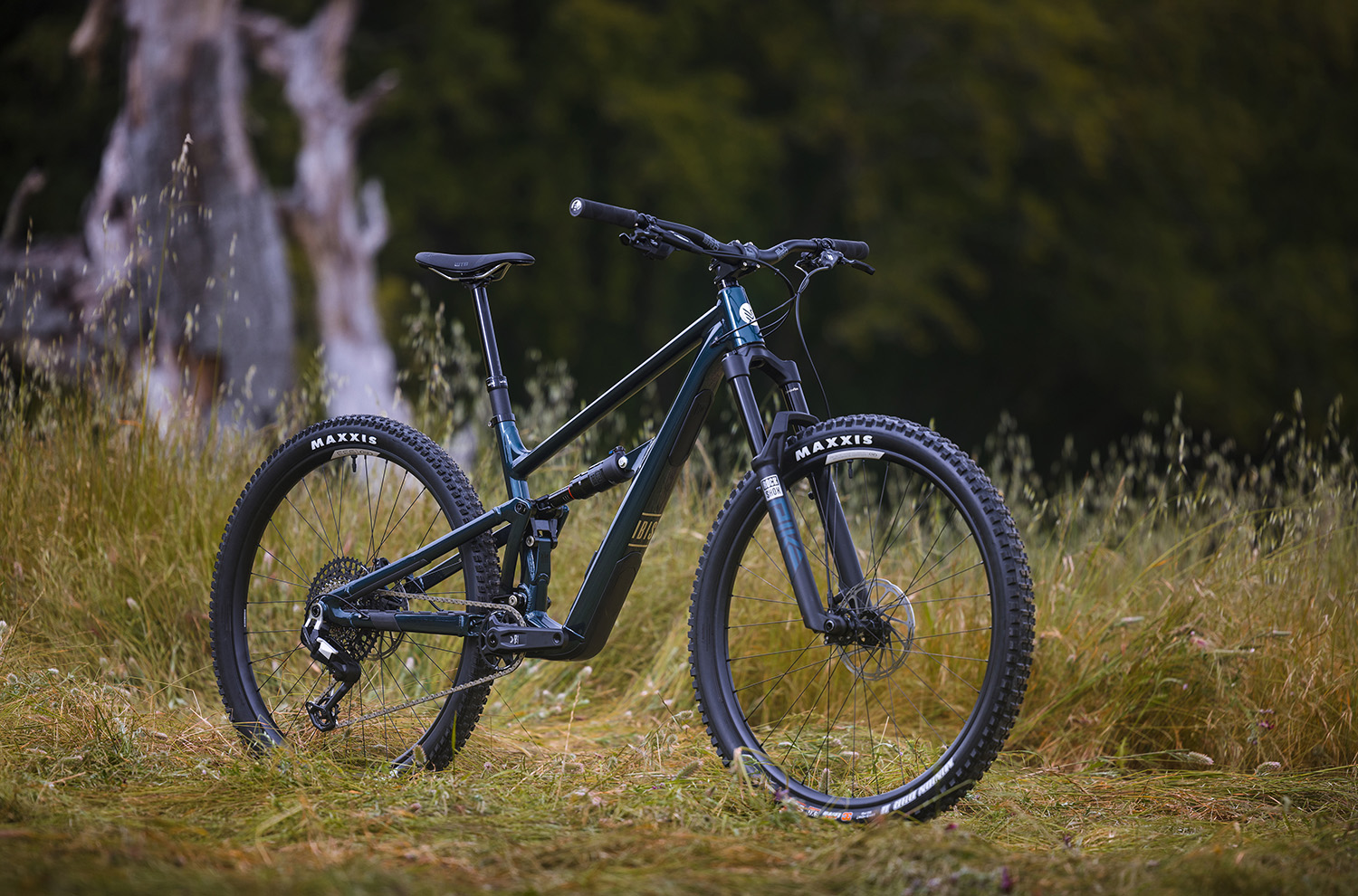
Using an Extra Medium as the reference, the Ripley gets a 483 mm reach, stubby 416 mm seat tube, 629 mm stack, 64.9° headtube angle, and size-specific 437 mm chainstays. Ibis also takes a size-specific approach to setting the seat tube angle, which is 76.9° on the Extra Medium. Ibis helpfully mentions the reference height for their seat tube angles, so riders running particularly short or long seatpost heights should be able to anticipate how the pedaling position will shift for their unique situation. Also, thanks to the flip chip, running mixed wheels doesn’t affect geometry much, aside from shortening the chainstays slightly to 434 mm on the Extra Medium.
Those numbers are slightly more aggressive in just about every way than the prior Ripley AF — 0.6° slacker at the headtube, with longer reach, taller stack, and longer chainstays. Even with the addition of the fifth sizing option in the Extra Medium, the gaps are quite substantial between each size, generally skewing to the longer-than-normal side for a given labeled size. Buyers should definitely take a look at the numbers rather than just going with their typical labeled size of choice — full geometry figures are included below.
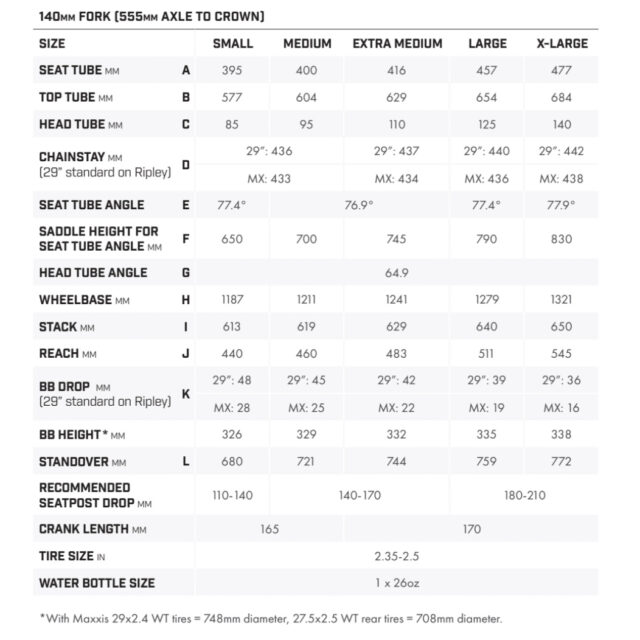
Ripmo AF
The Ripmo AF had more aggressive, downhill-oriented geometry than the carbon Ripmo when it first launched, and the new Ripmo AF follows the longer/slacker treatment that the Ripley AF got.
The Extra Medium Ripmo now gets a 478 mm reach in combination with a 64.5° headtube angle, plus a short 415 mm seat tube, 633 mm stack, and 436 mm chainstays. Size-specific chainstays and seat tube angles persist here, with the Extra Medium getting a 76.5° seat tube angle. While the reach is longer than the outgoing Ripmo AF, other sizing elements are quite similar, so committed Ripmo AF fans shouldn’t feel like there’s too much of a shakeup here.
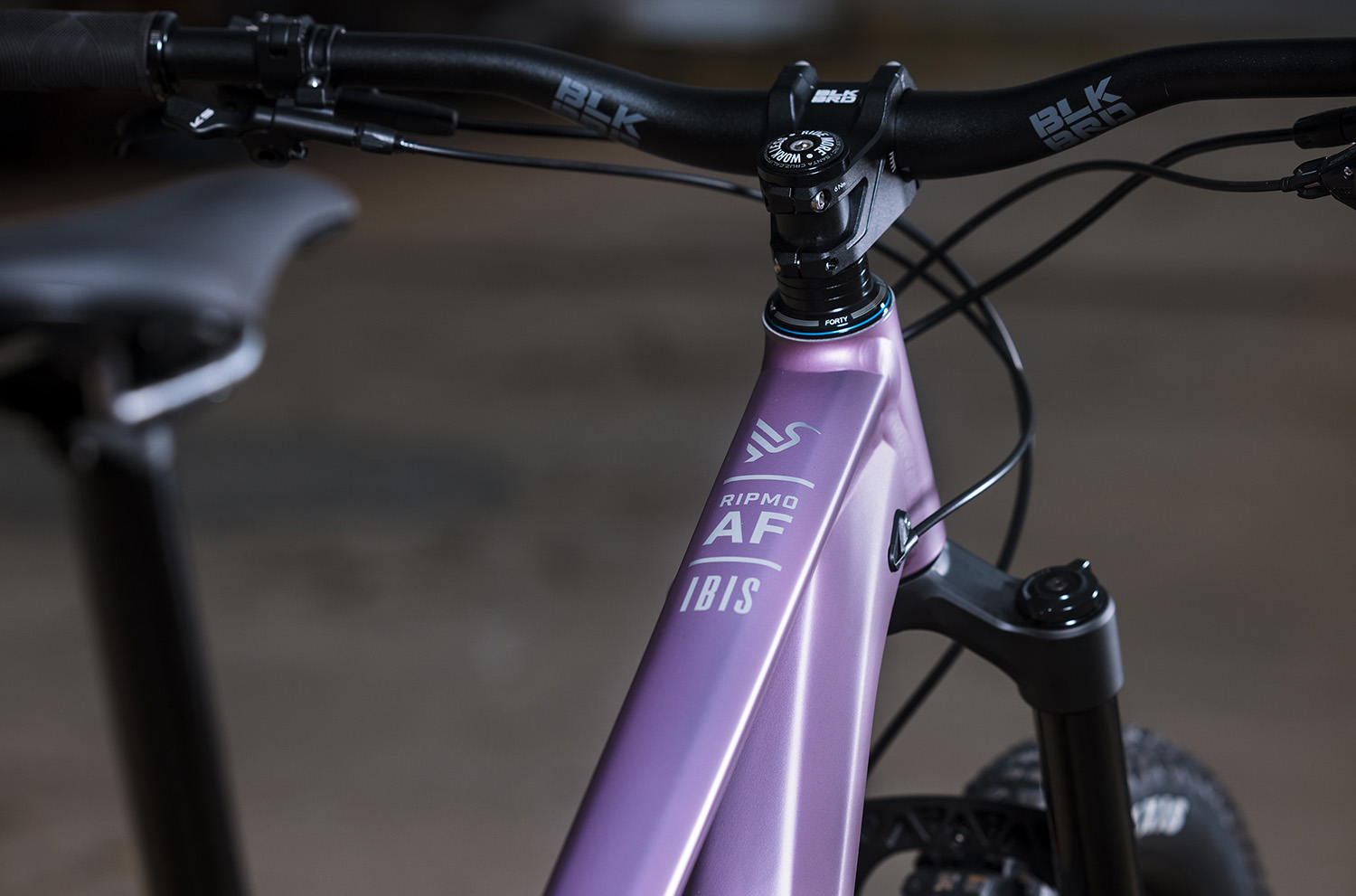
In the case of the Ripmo AF, sizes Small and Medium get a mixed wheel setup as stock, where Extra Medium through XL get a full 29’’ setup. Riders can, of course, swap things around aftermarket, and in the case of the Ripmo AF, the flip chip for swapping wheel sizes doesn’t have any impact on geometry figures.
As with the Ripley AF, sizing gaps are substantial and err on the side of larger-than-average, so take a look at the chart below:
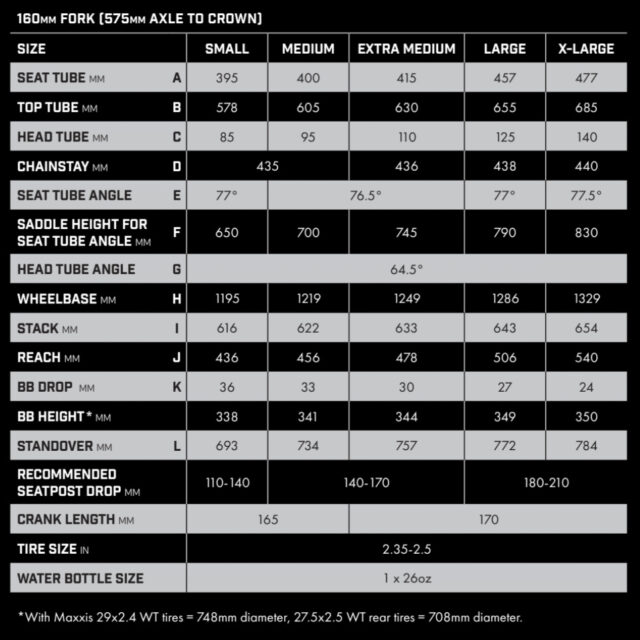
The Builds
Ripley AF
Ibis is offering just two build kits for the Ripley AF, as well as a frame and shock-only option for $2,449. These two build kits are almost identical across the board, with the only differences being the drivetrain components. Overall, these are quite competitively priced, with the cheapest Ripley AF kit being even cheaper than a standalone carbon Ripley frame.
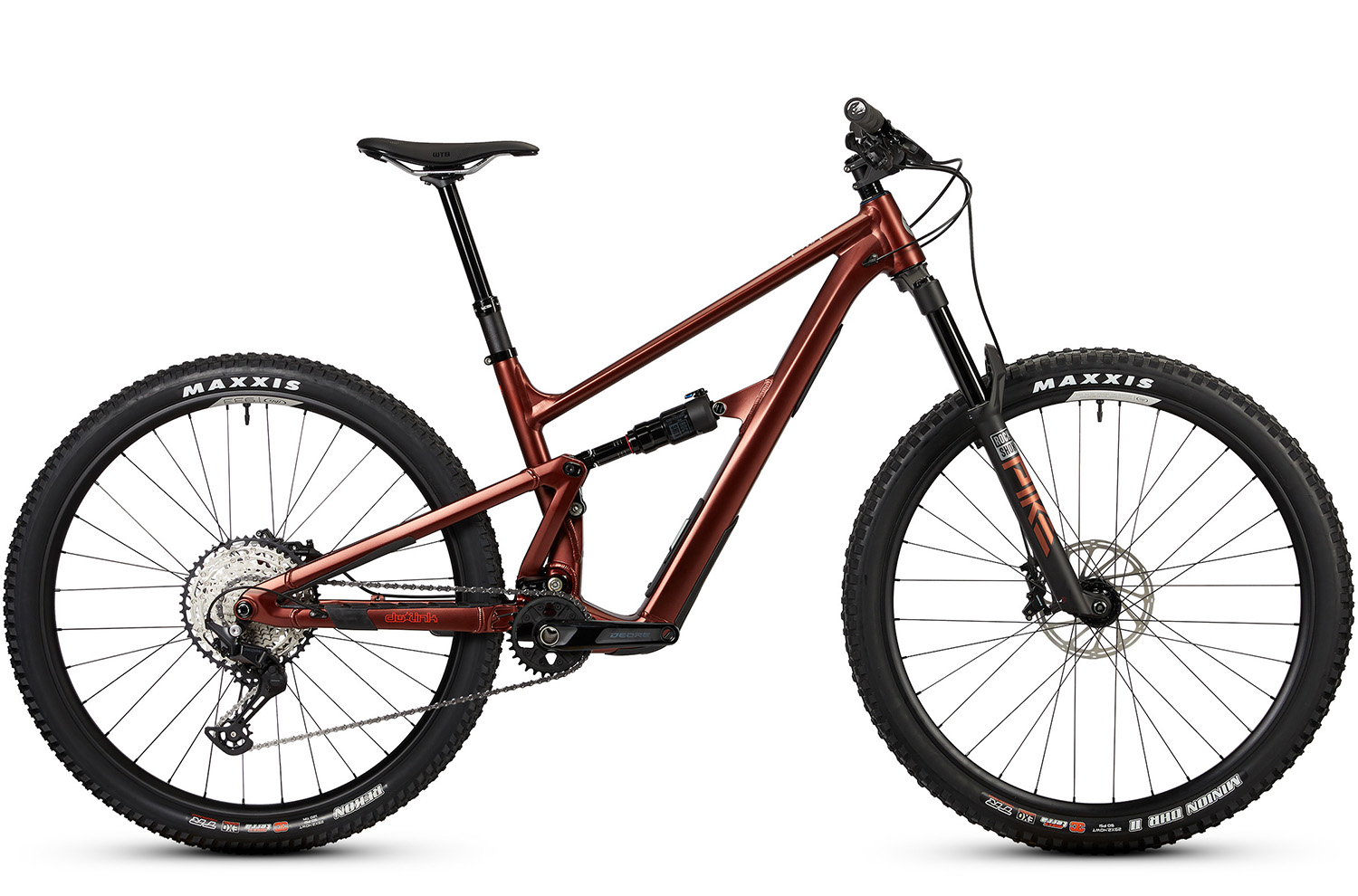
Highlights from each model’s available builds are as follows:
- Drivetrain: Shimano Deore M6120
- Brakes: SRAM G2 R (180 mm rotors)
- Fork: RockShox Pike
- Shock: RockShox Deluxe Select+
- Wheels: Blackbird Send Alloy w/ Ibis hubs
- Dropper Post: KS Vantage
- Drivetrain: SRAM Eagle 90 Transmission
- Brakes: SRAM G2 R (180 mm rotors)
- Fork: RockShox Pike
- Shock: RockShox Deluxe Select+
- Wheels: Blackbird Send Alloy w/ Ibis hubs
- Dropper Post: KS Vantage
Ripmo AF
A lot of what we said about the Ripley AF’s build options carries over to the Ripmo. In fact, aside from some heavier-duty suspension, tire, and brake selections, the spec sheets are the same — the same Shimano Deore and SRAM Eagle 90 drivetrain options, the same Blackbird wheels, and the same dropper. Additionally, you can buy a Ripmo AF for less than a carbon Ripmo frame, and a Ripmo AF frame with a RockShox Super Deluxe Select would set you back $2,449.
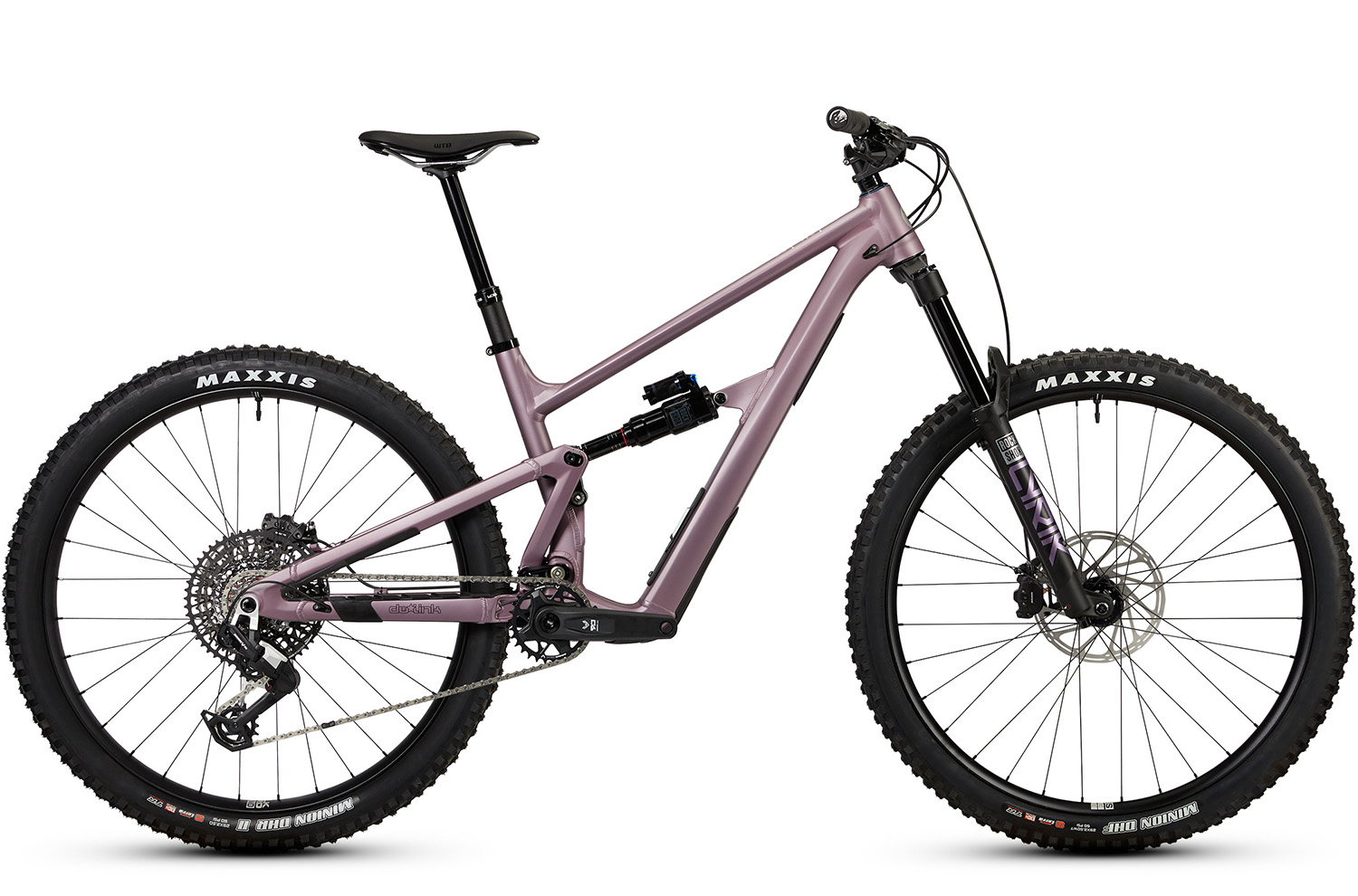
Highlights from each model’s available builds are as follows:
- Drivetrain: Shimano Deore M6120
- Brakes: Shimano Deore M6120 4-piston (203 mm rotors)
- Fork: RockShox Lyrik
- Shock: RockShox Super Deluxe Select
- Wheels: Blackbird Send Alloy w/ Ibis hubs
- Dropper Post: KS Vantage
- Drivetrain: SRAM Eagle 90 Transmission
- Brakes: SRAM Maven Base (203 mm rotors)
- Fork: RockShox Lyrik
- Shock: RockShox Super Deluxe Select
- Wheels: Blackbird Send Alloy w/ Ibis hubs
- Dropper Post: KS Vantage
Some Questions / Things We’re Curious About
(1) With both the Ripley AF and Ripmo AF using the same frame designs as their carbon counterparts at notably cheaper prices, how much of a difference will there be in on-trail performance between these two frame materials?
(2) With relatively affordable build kits all around, will there be noticeable weak points in any of them with obvious upgrades to be desired, or will they be well-rounded for most riders?
Bottom Line (For Now)
The carbon Ripley and Ripmo models that came out last summer were thoroughly modern and well-featured, and it’s good to see Ibis bringing the design of those bikes to a more affordable aluminum platform. You can read our Full Review of the carbon Ripmo V3, and we should be getting our hands on a new Ripley AF very soon.

$2500 for an aluminum frame only. Good grief the bike industry still doesn’t get it…